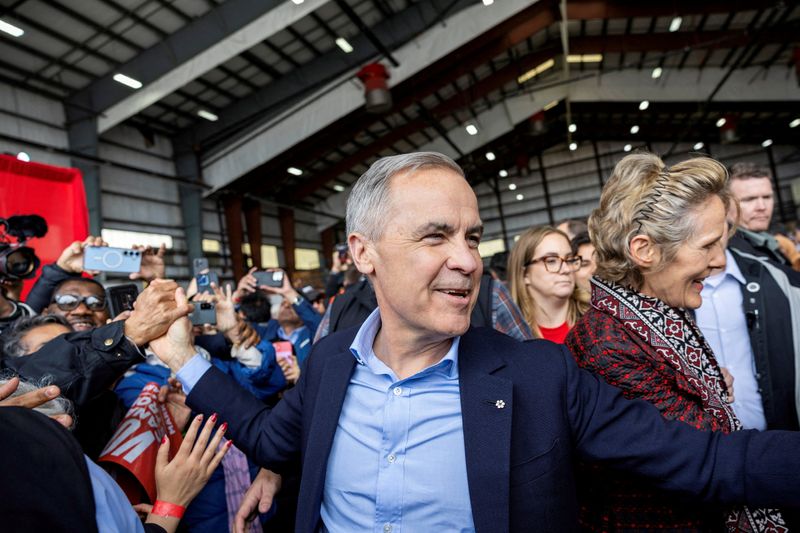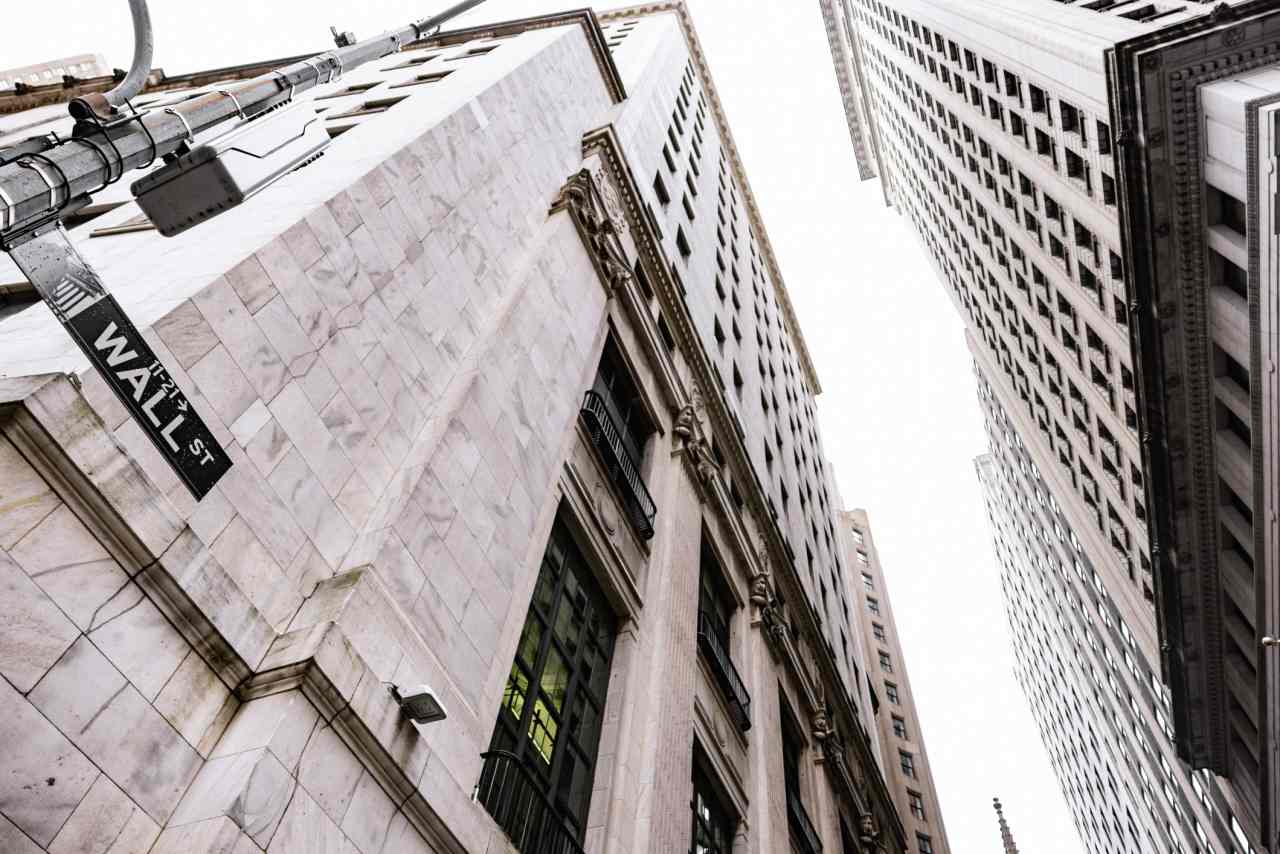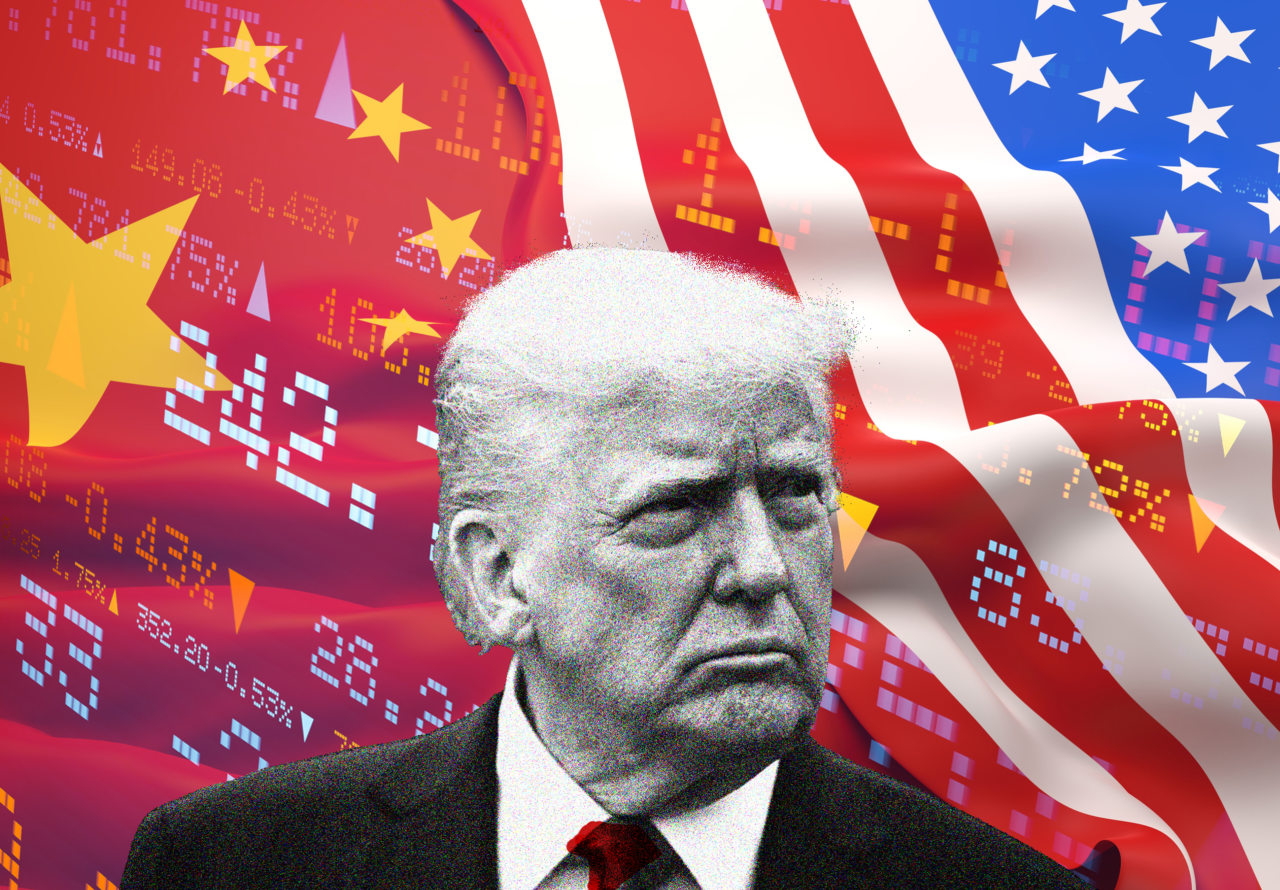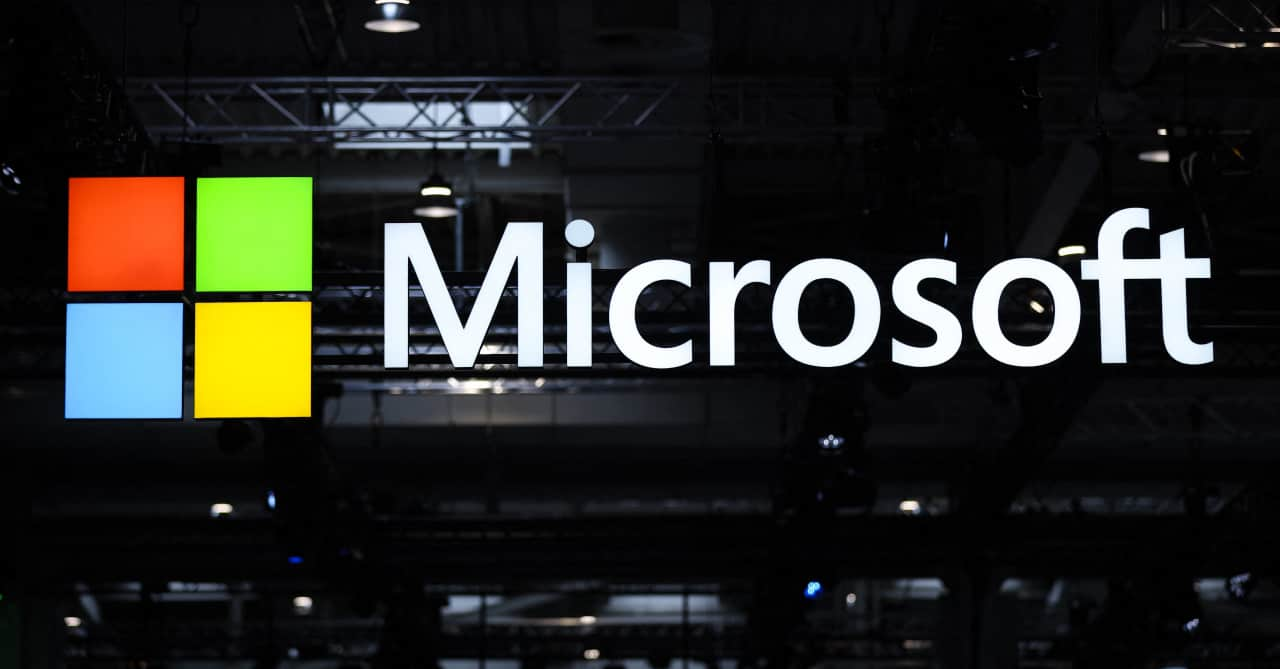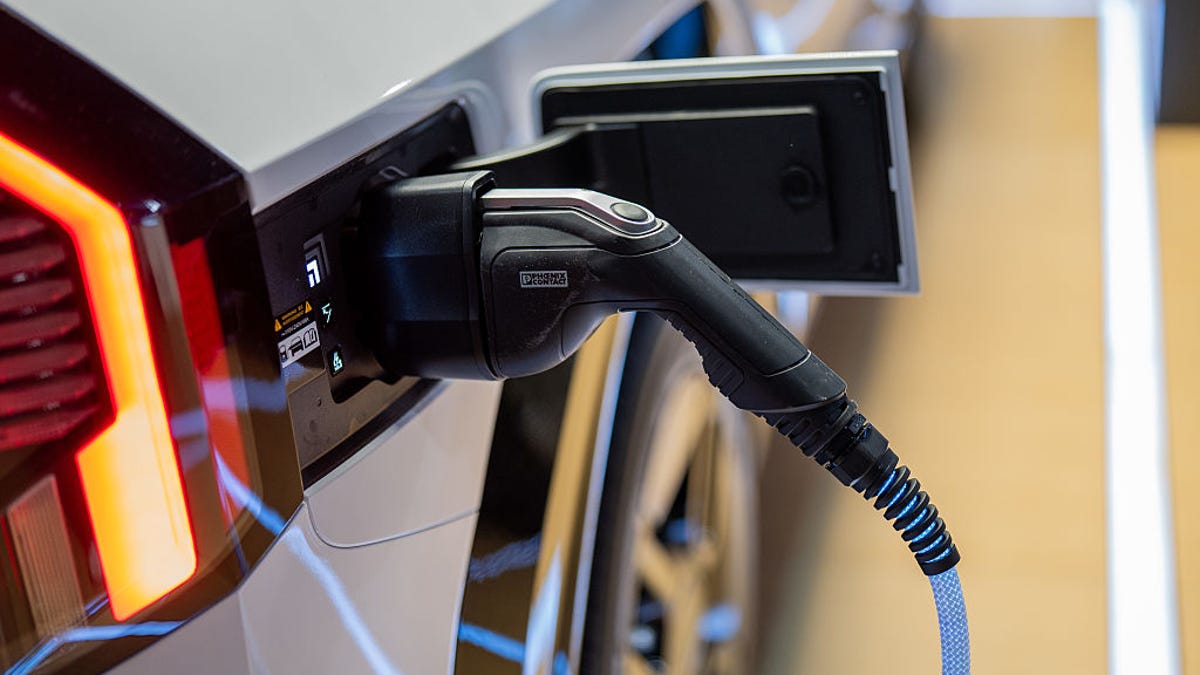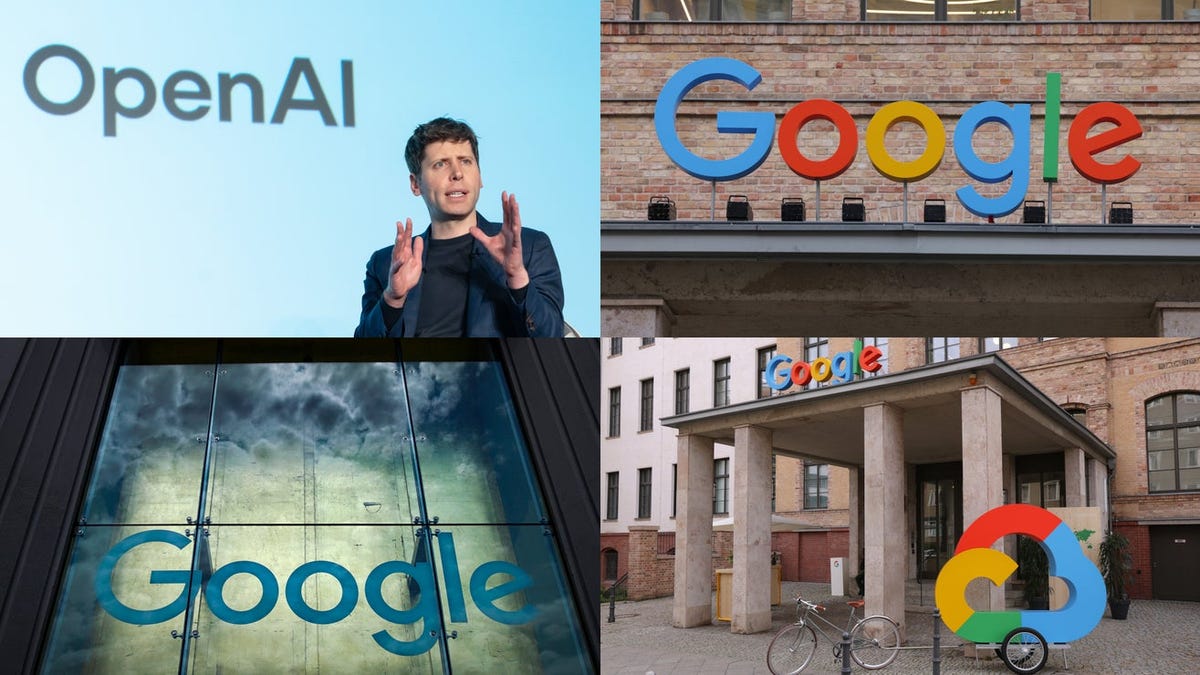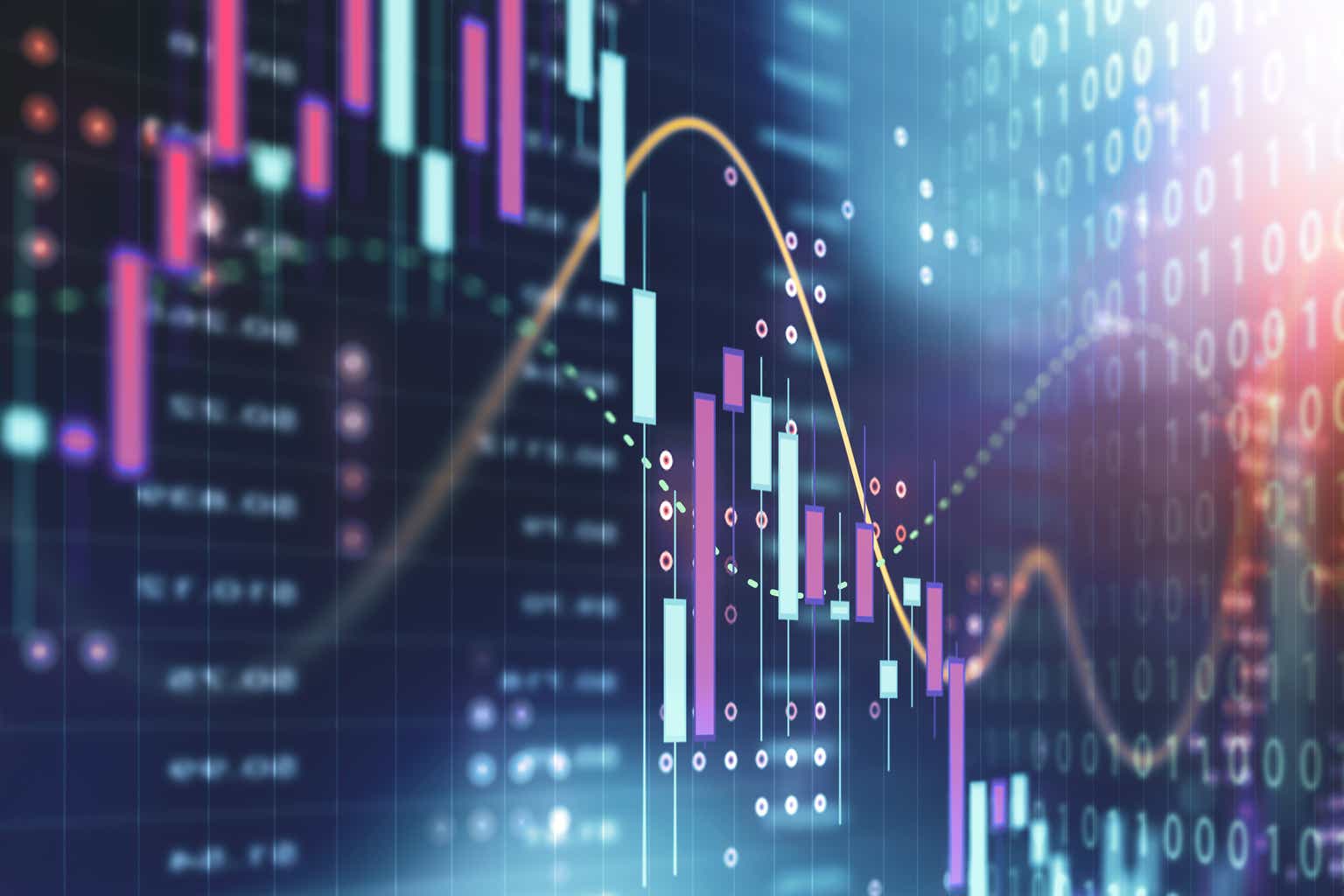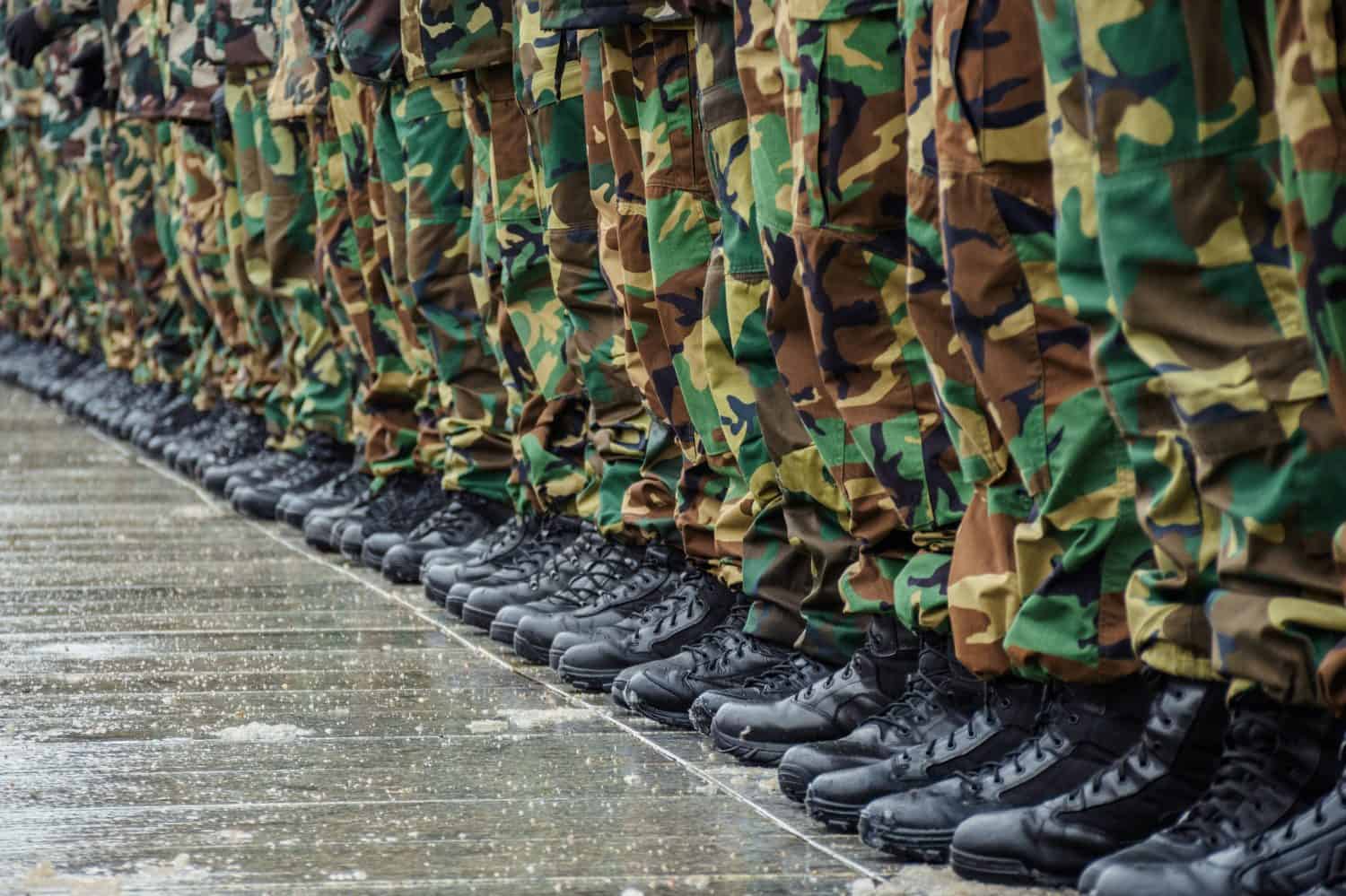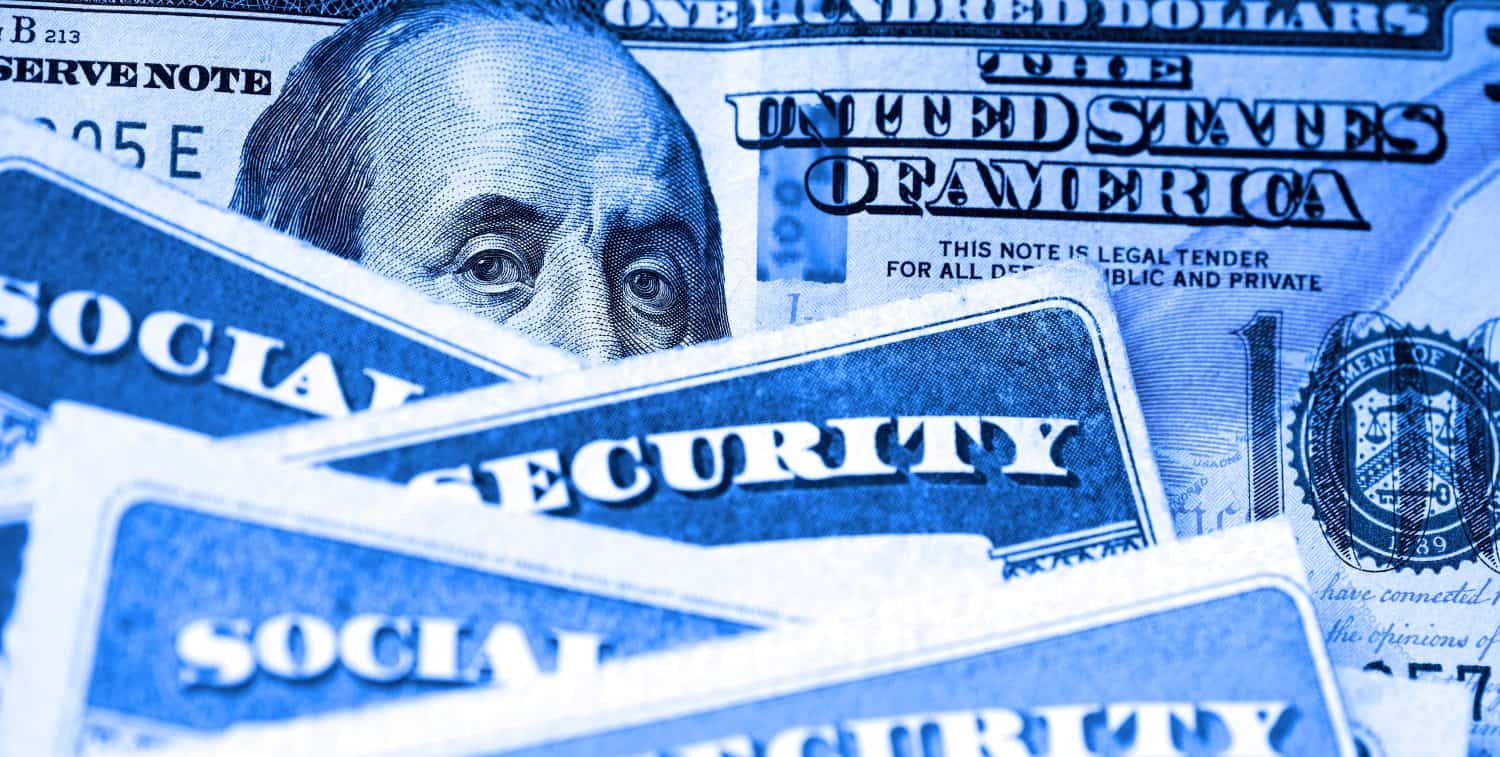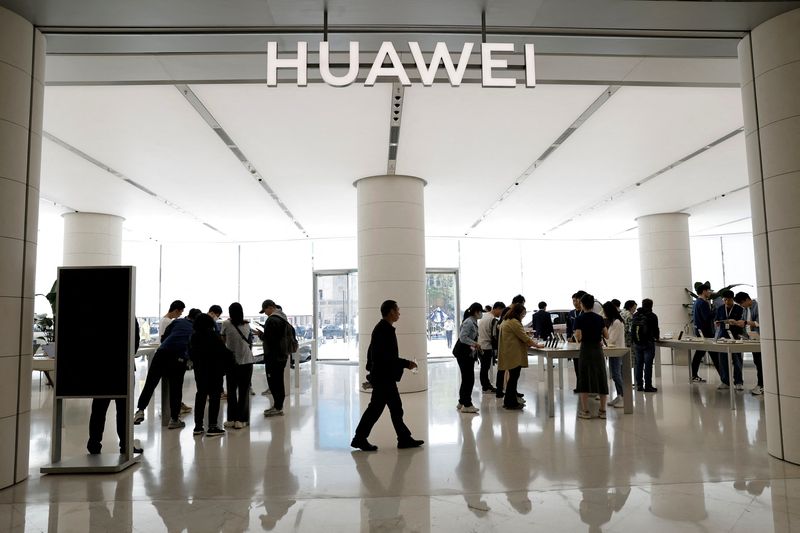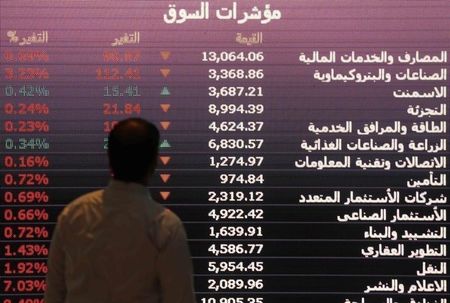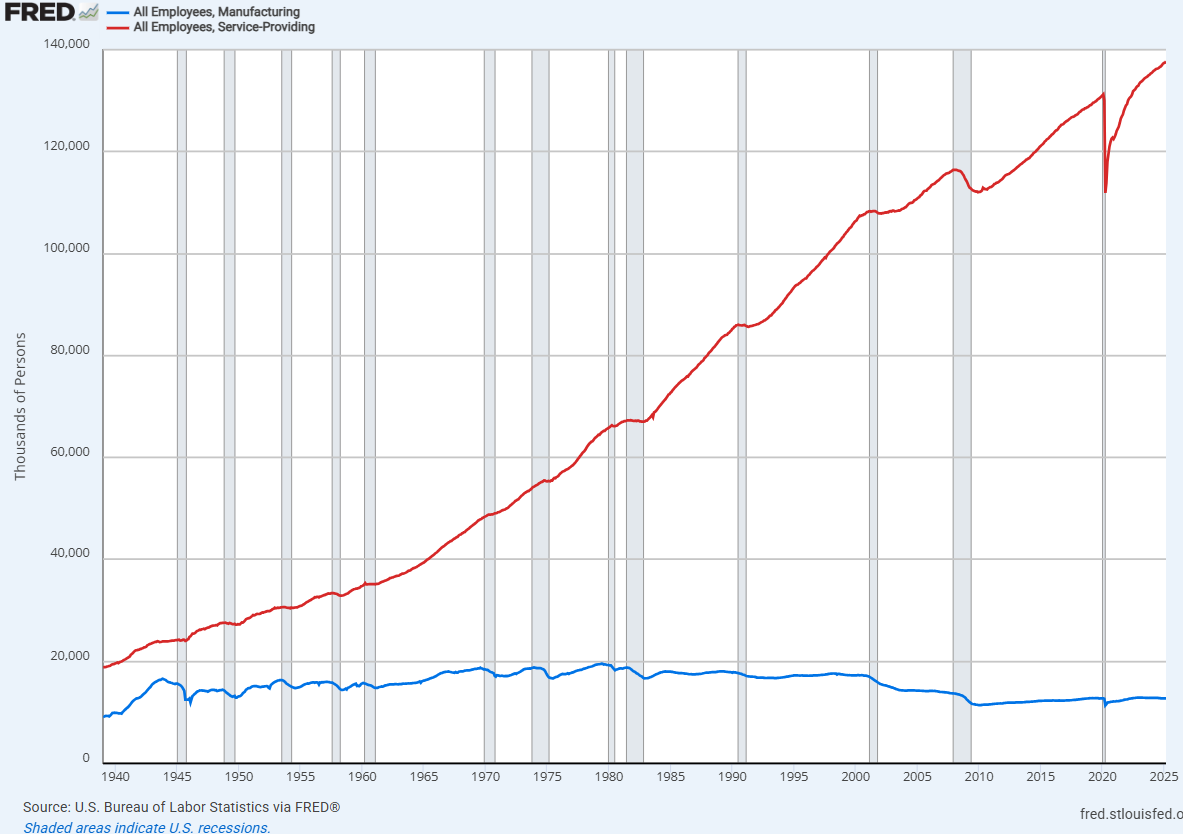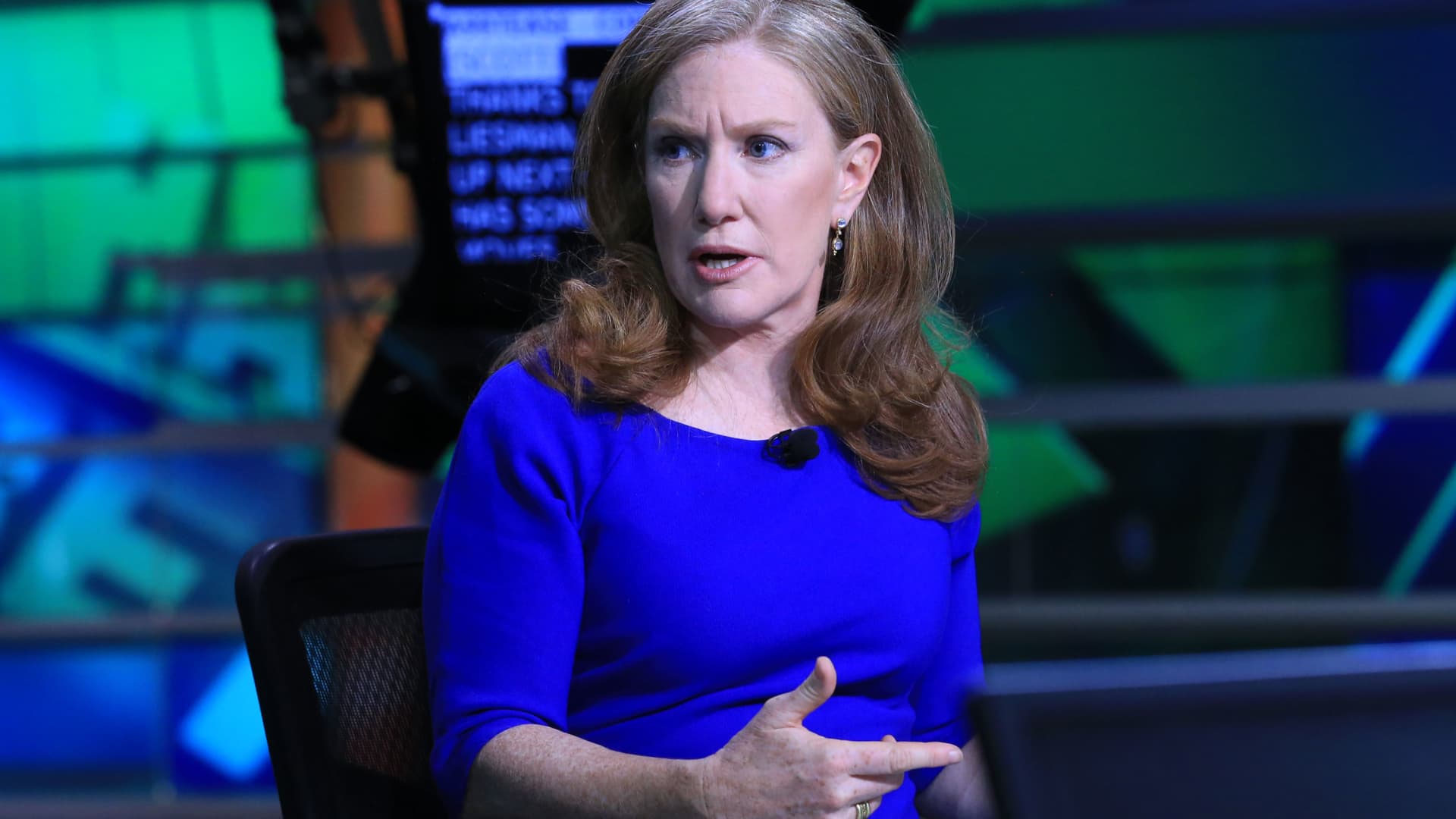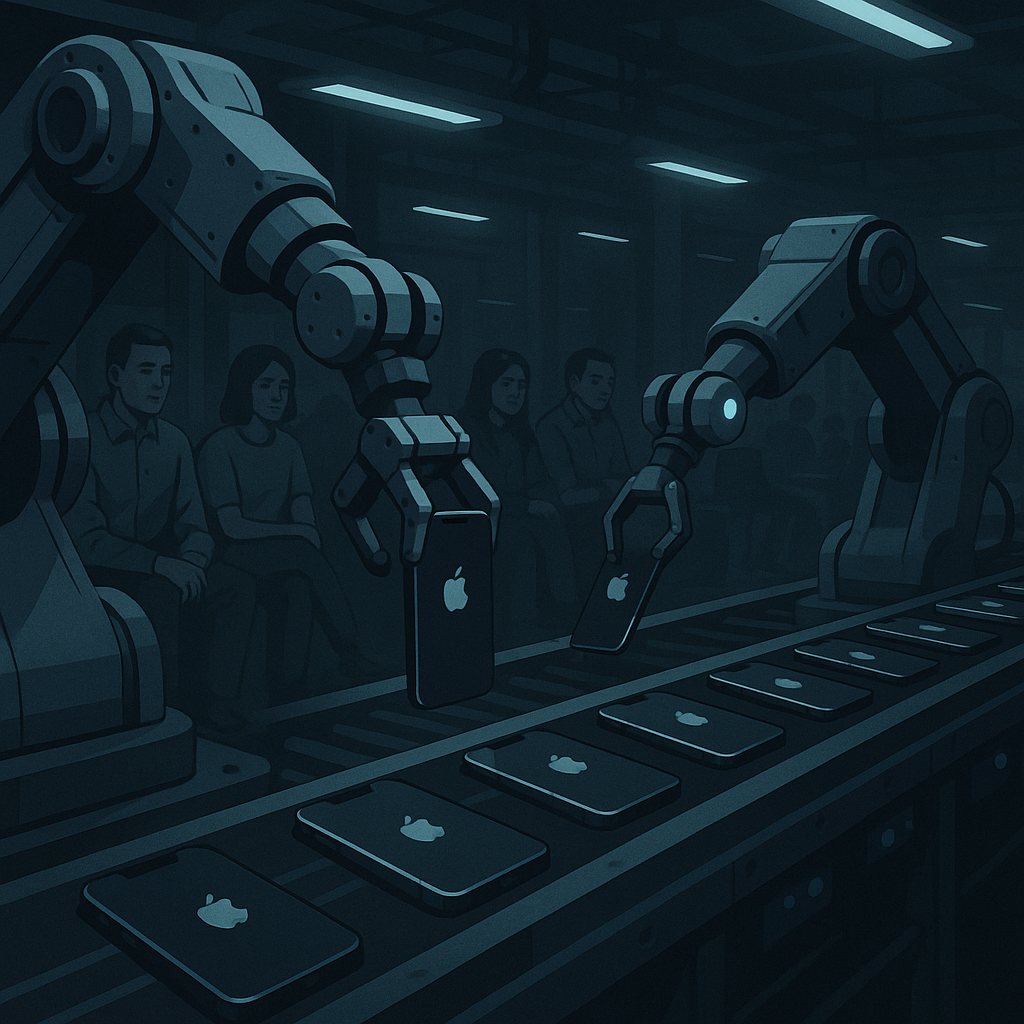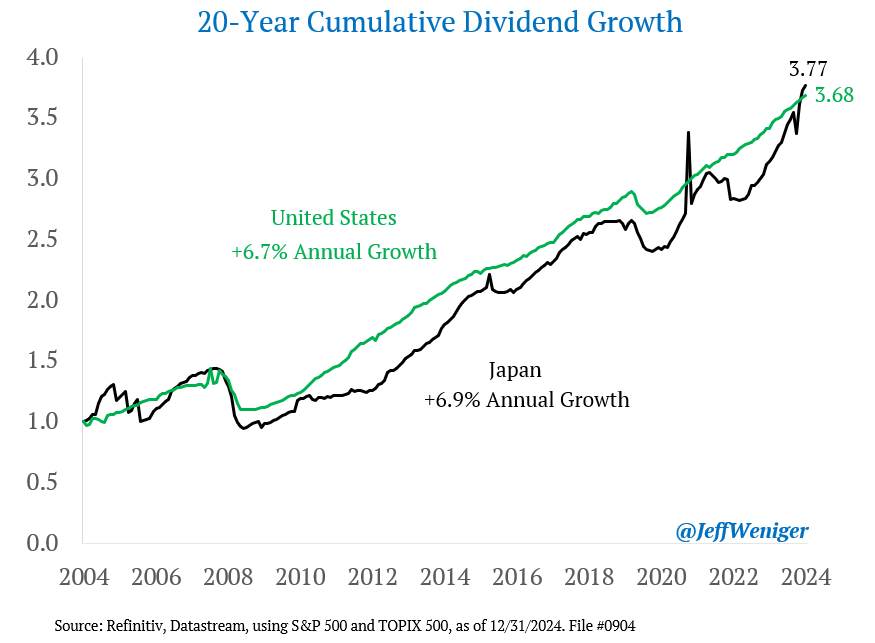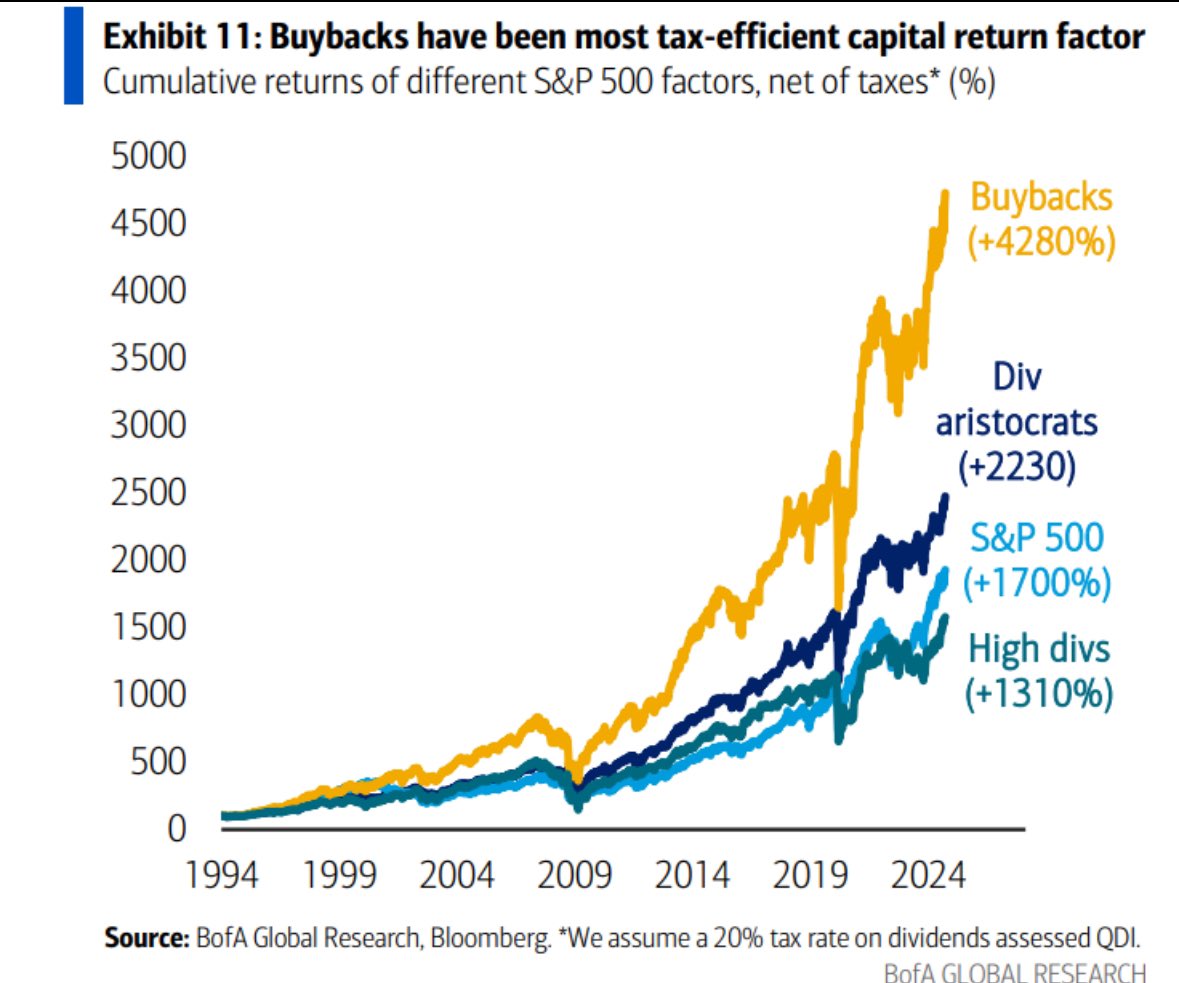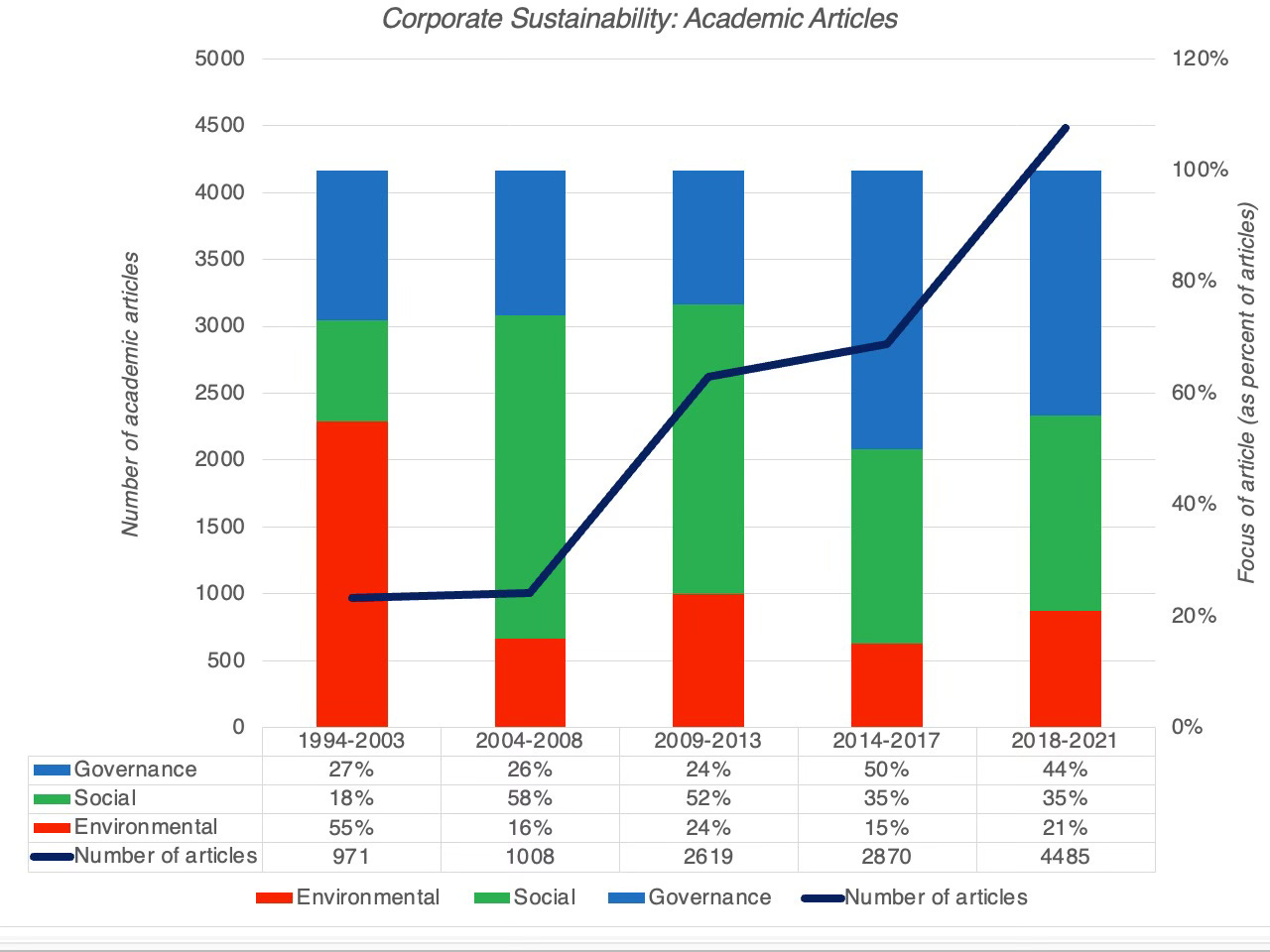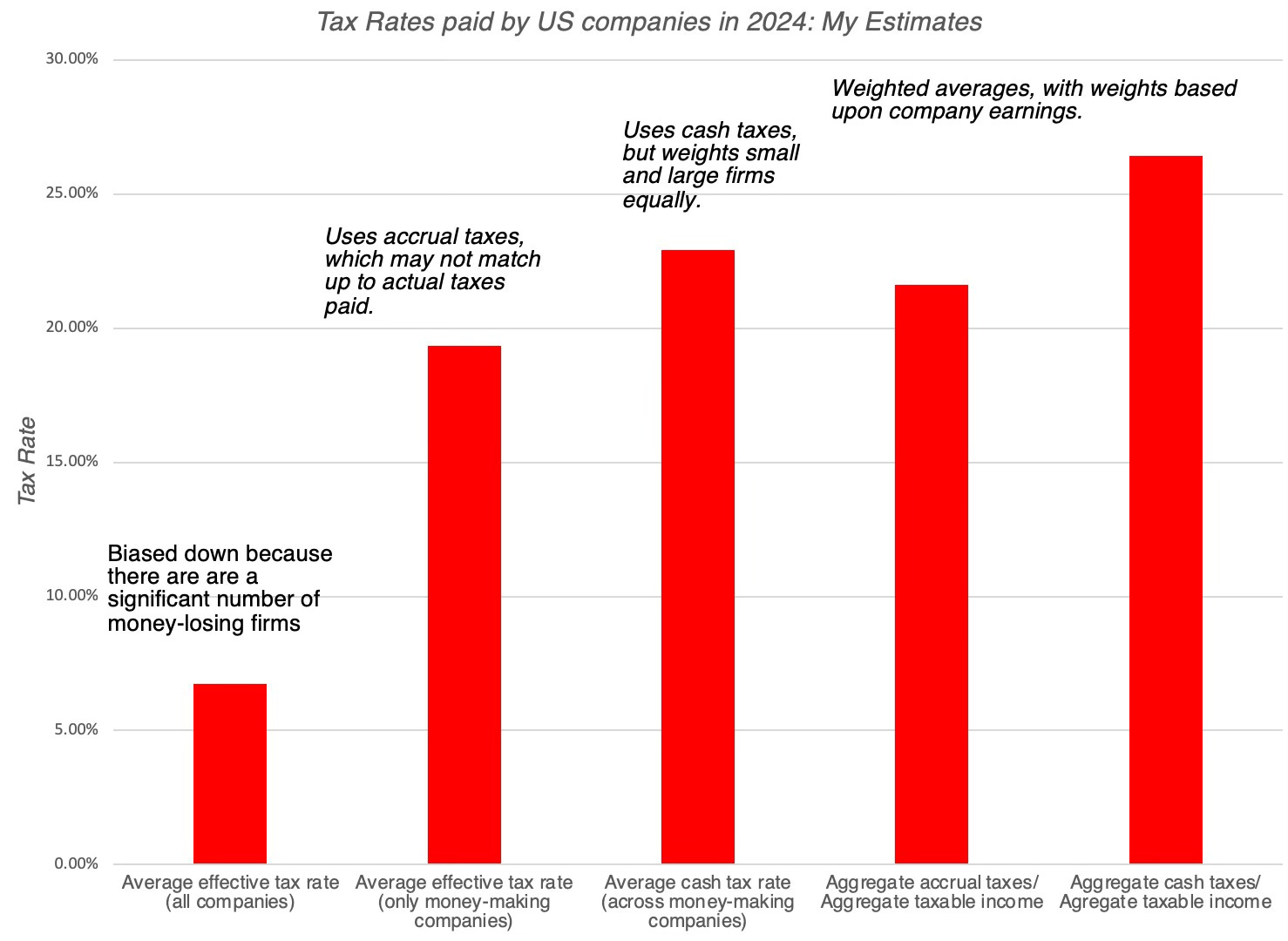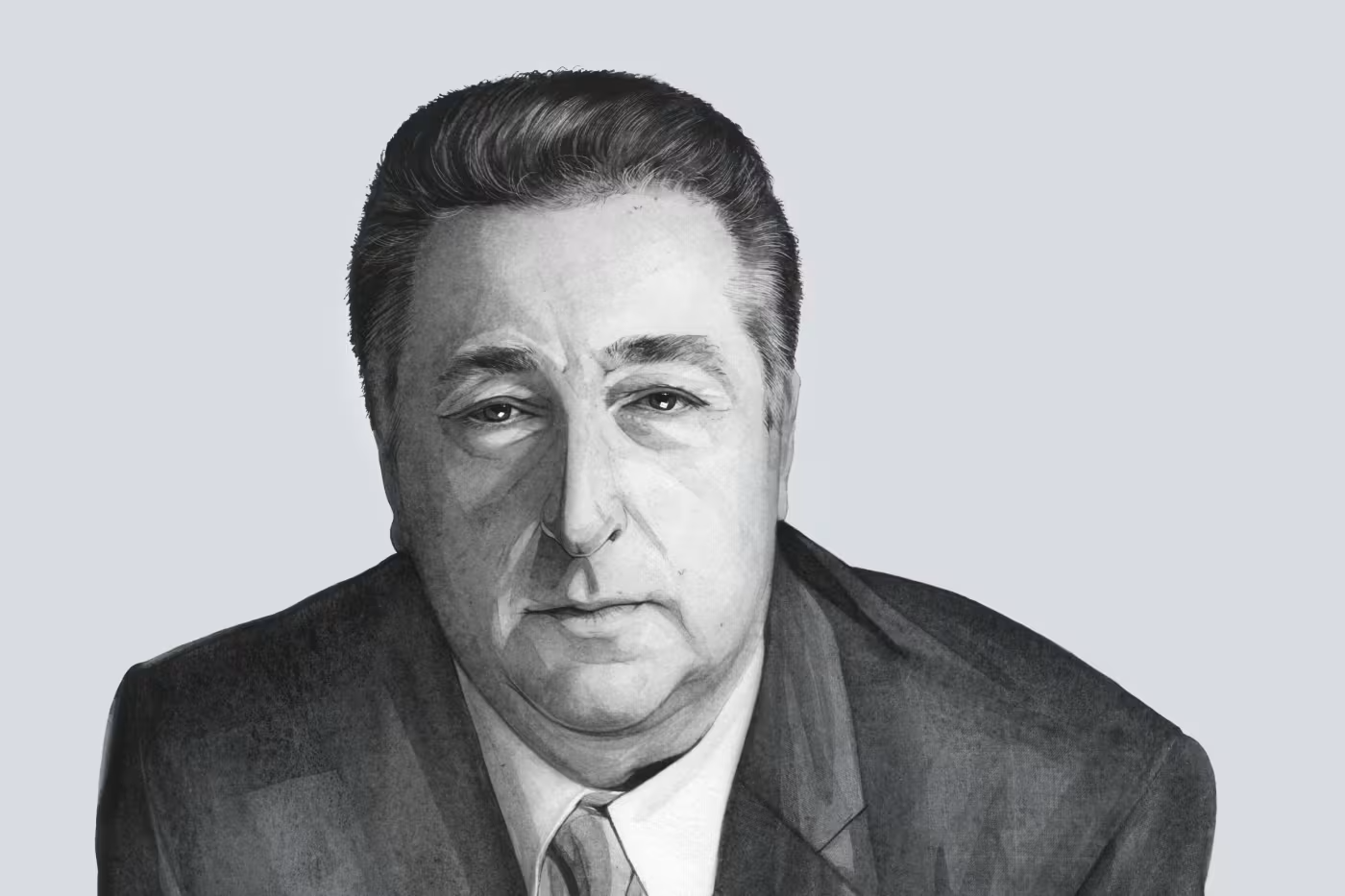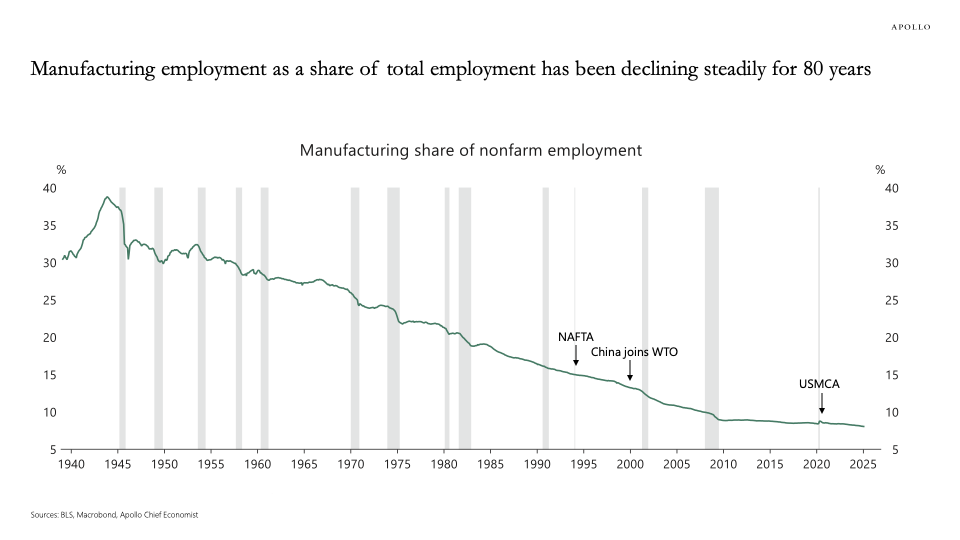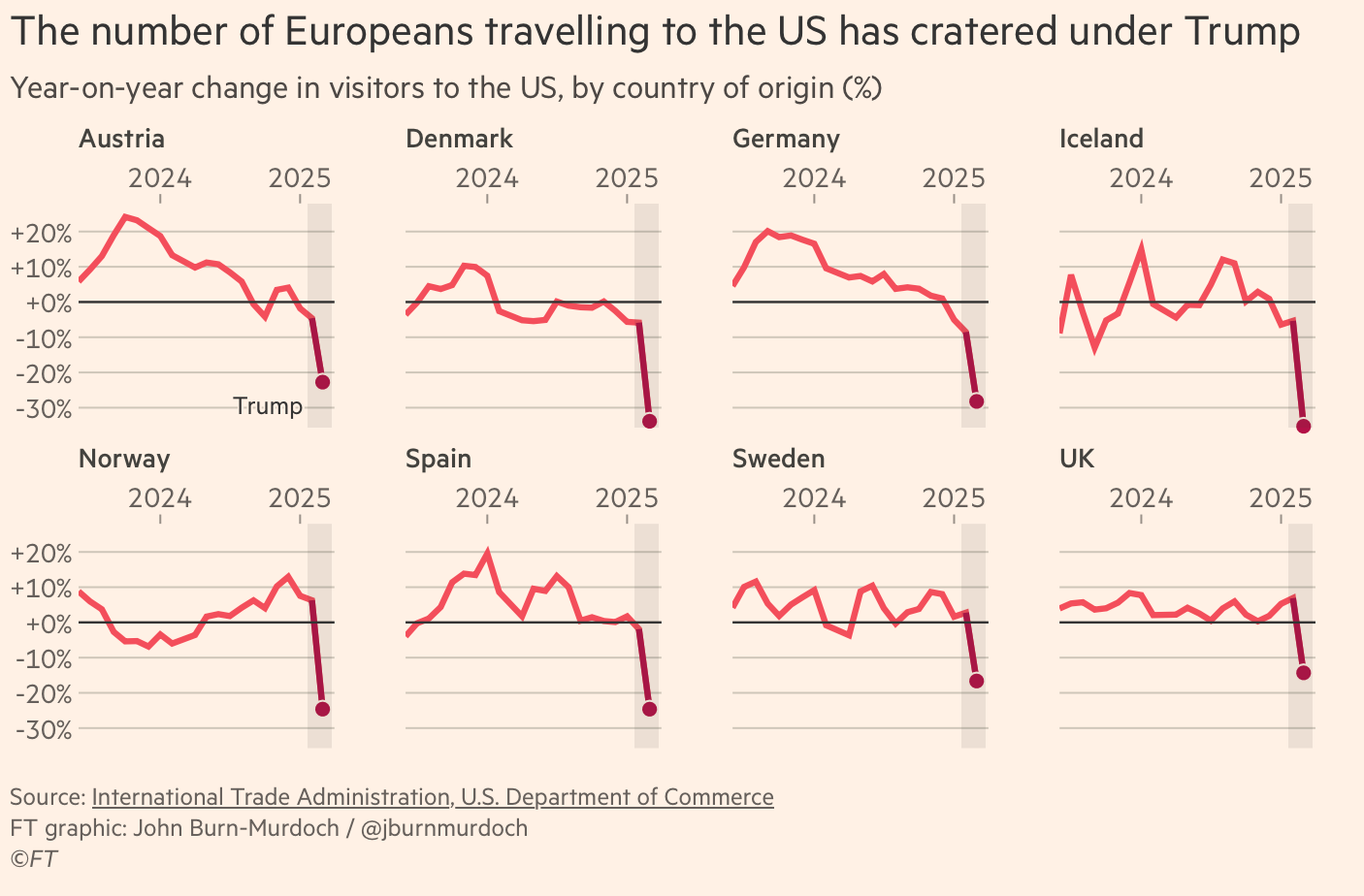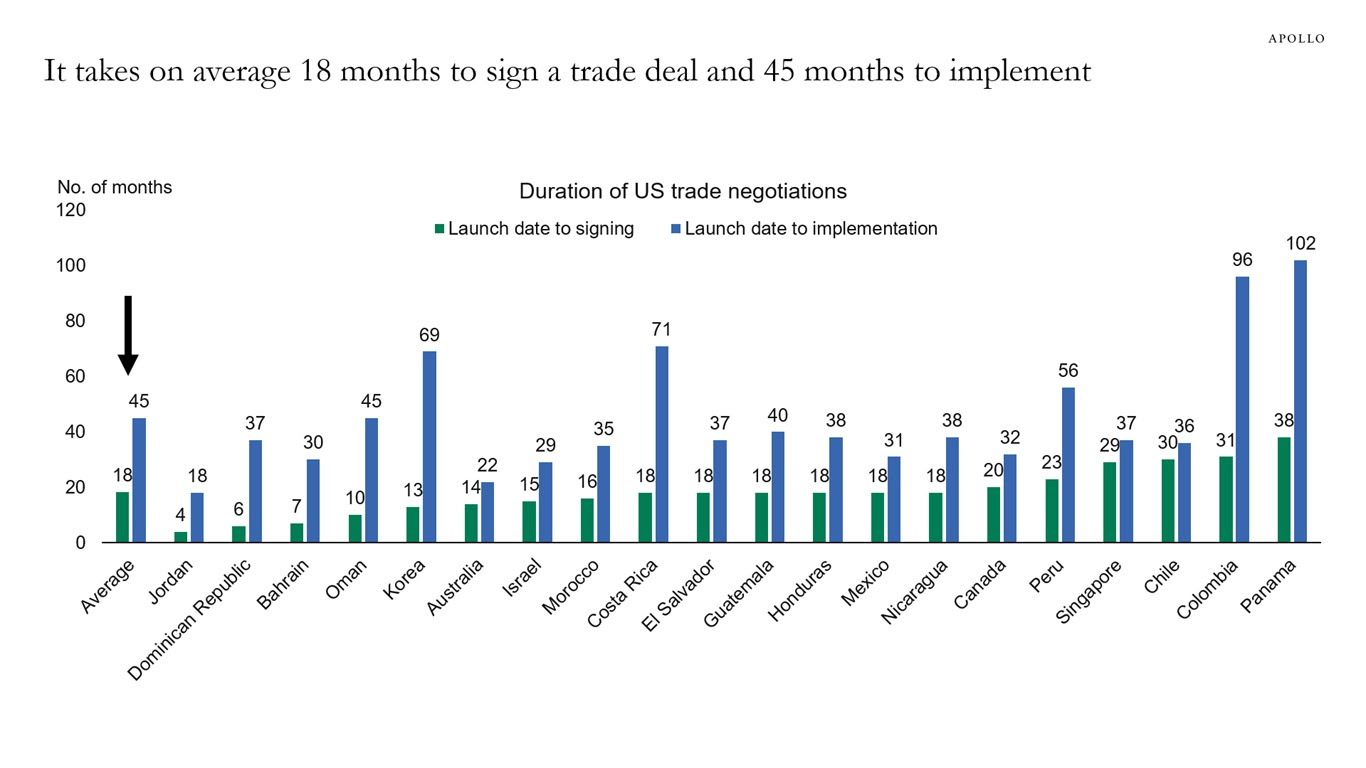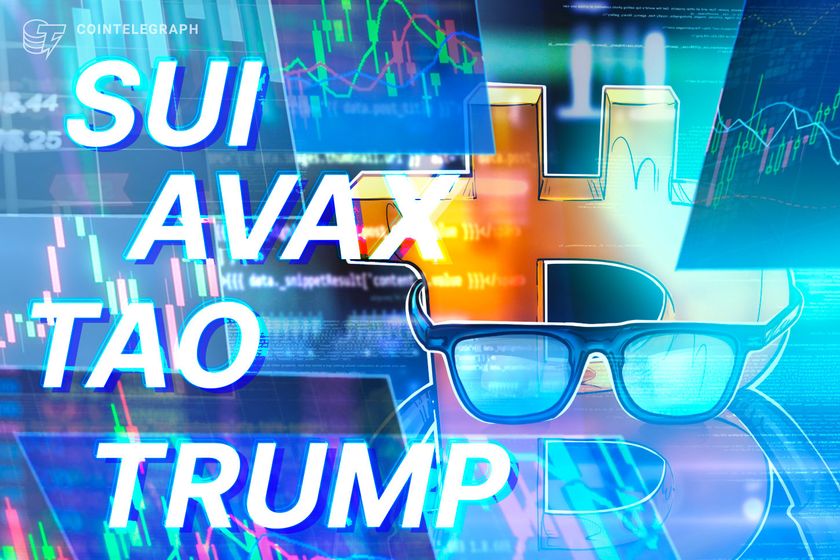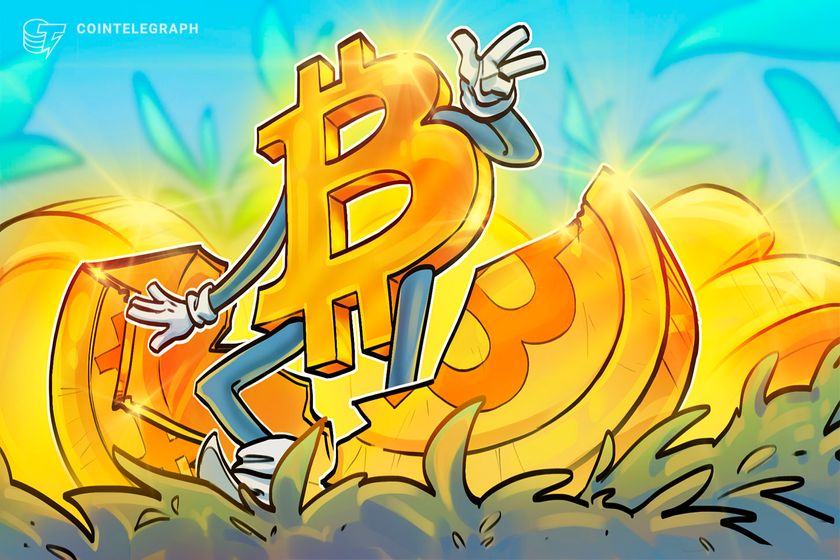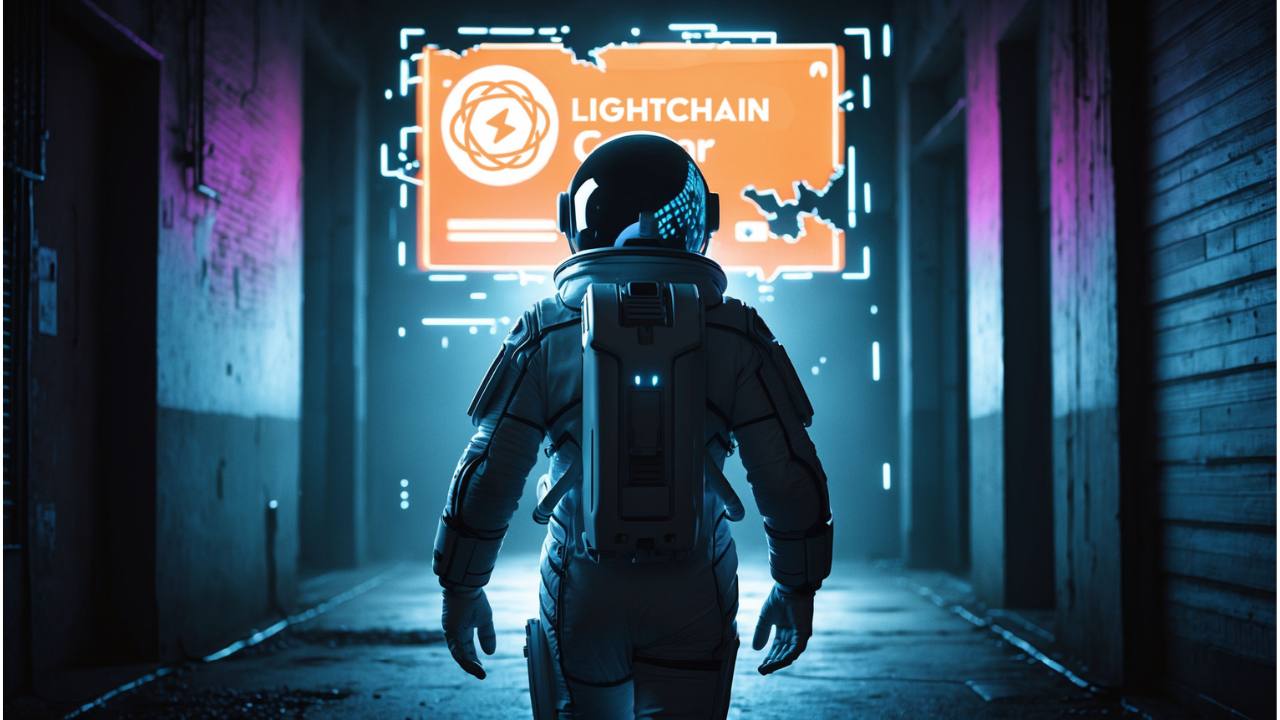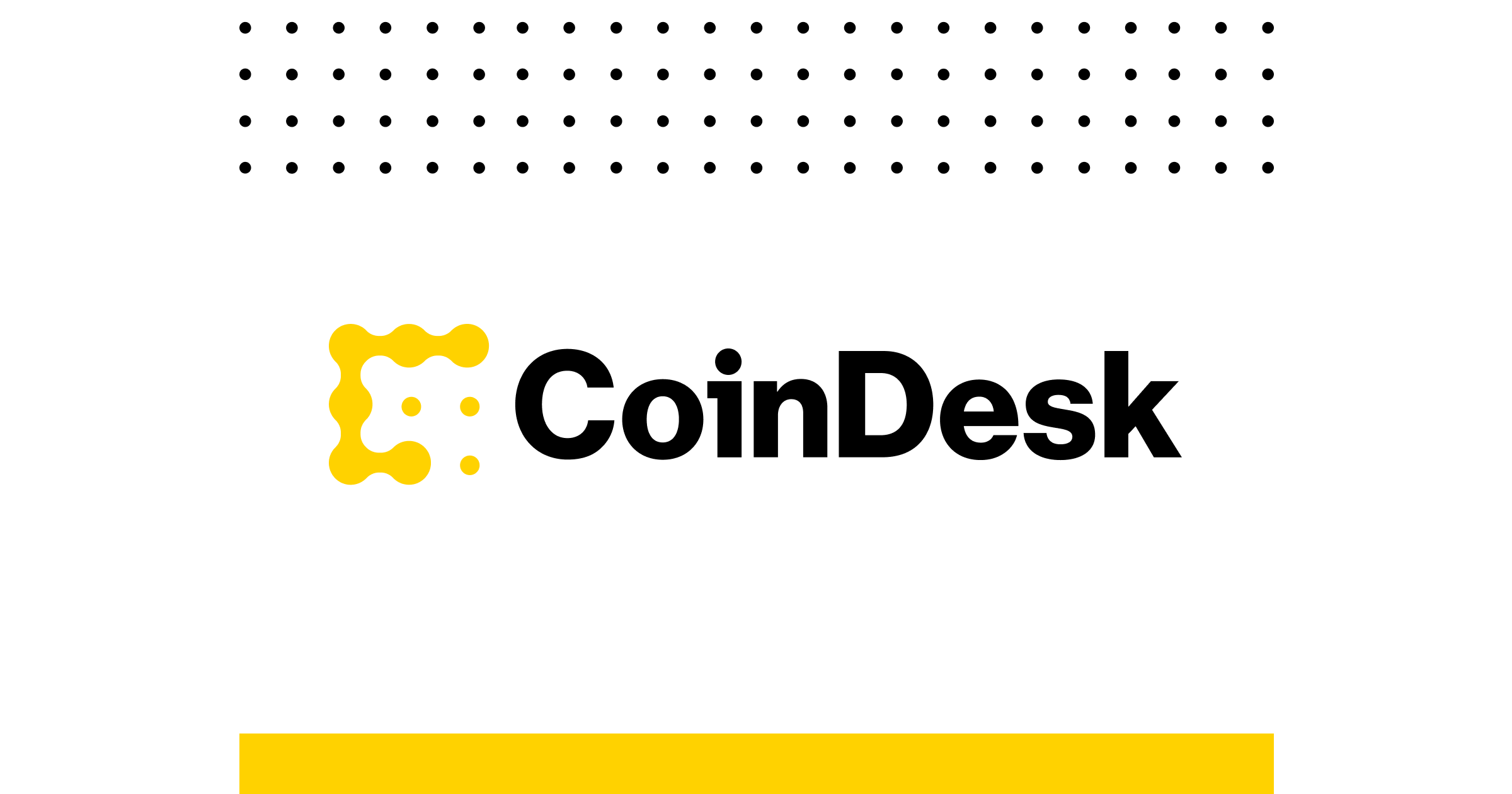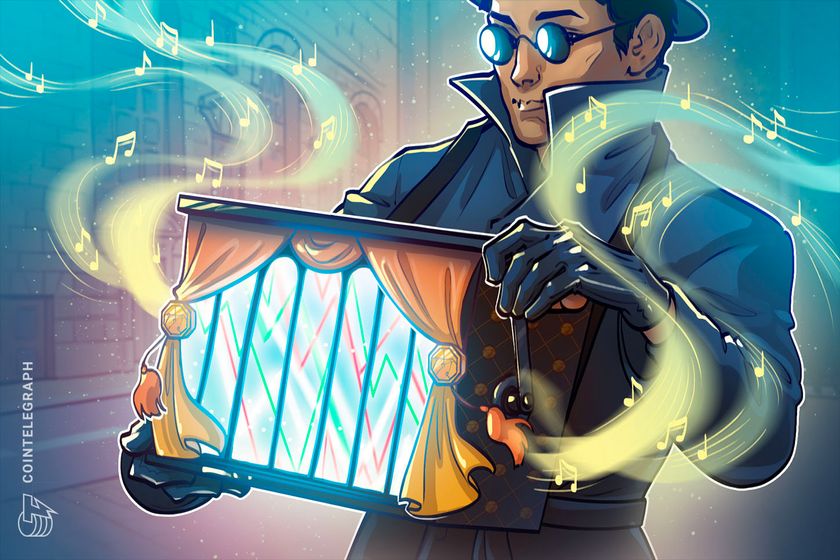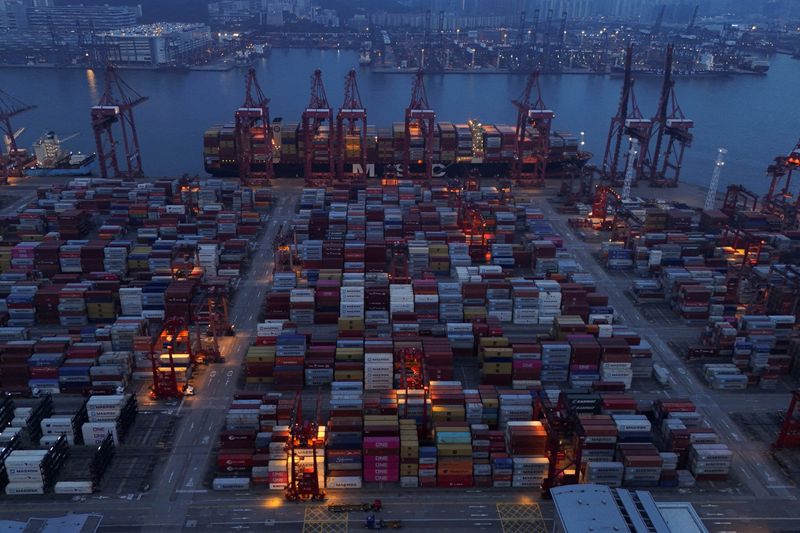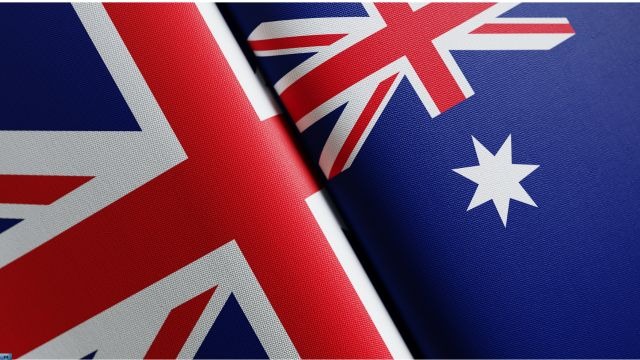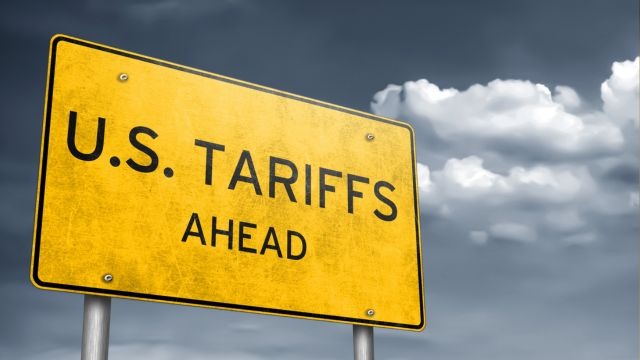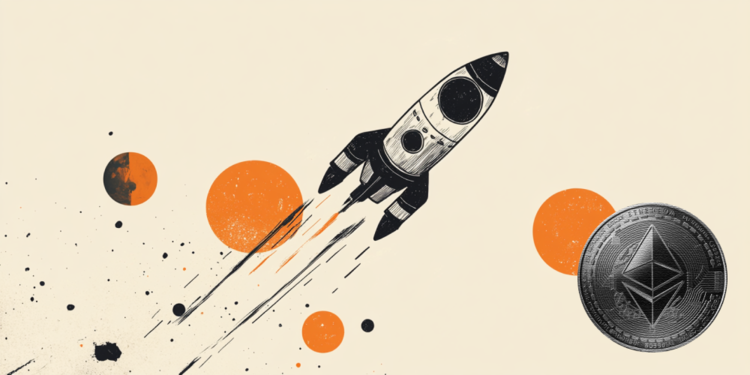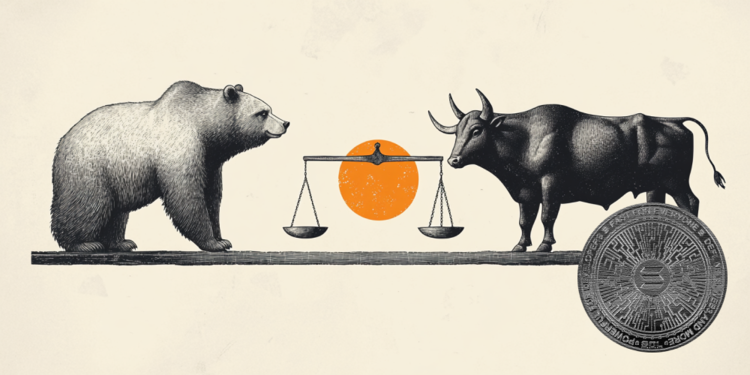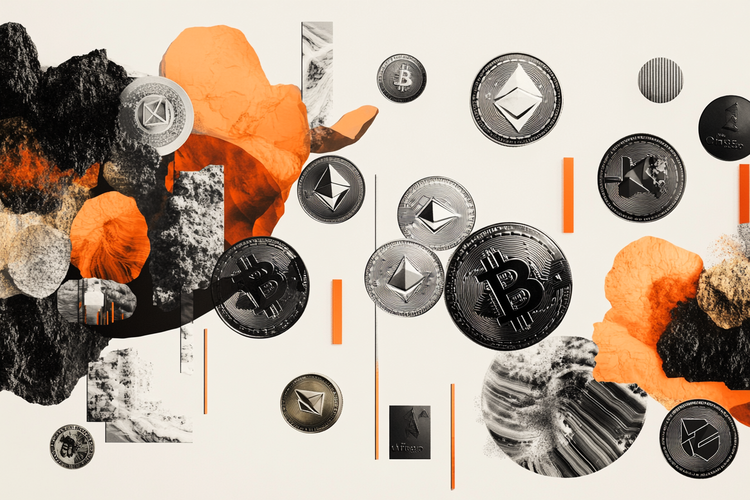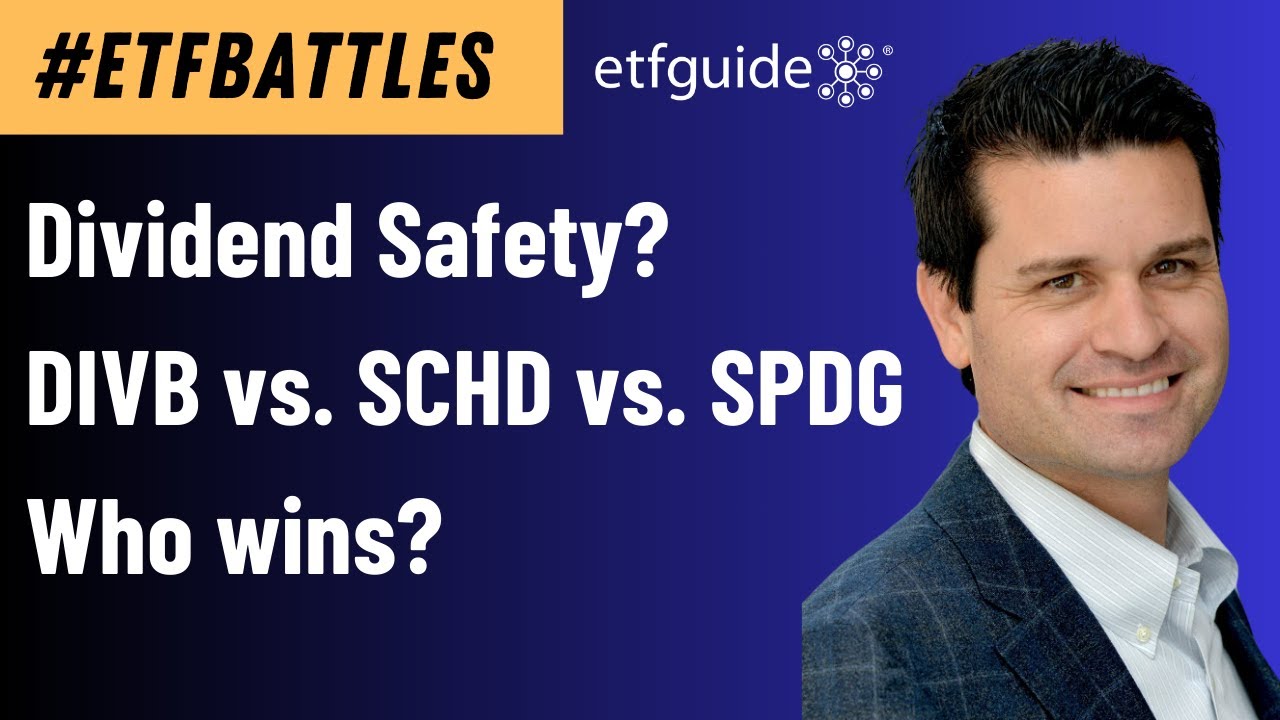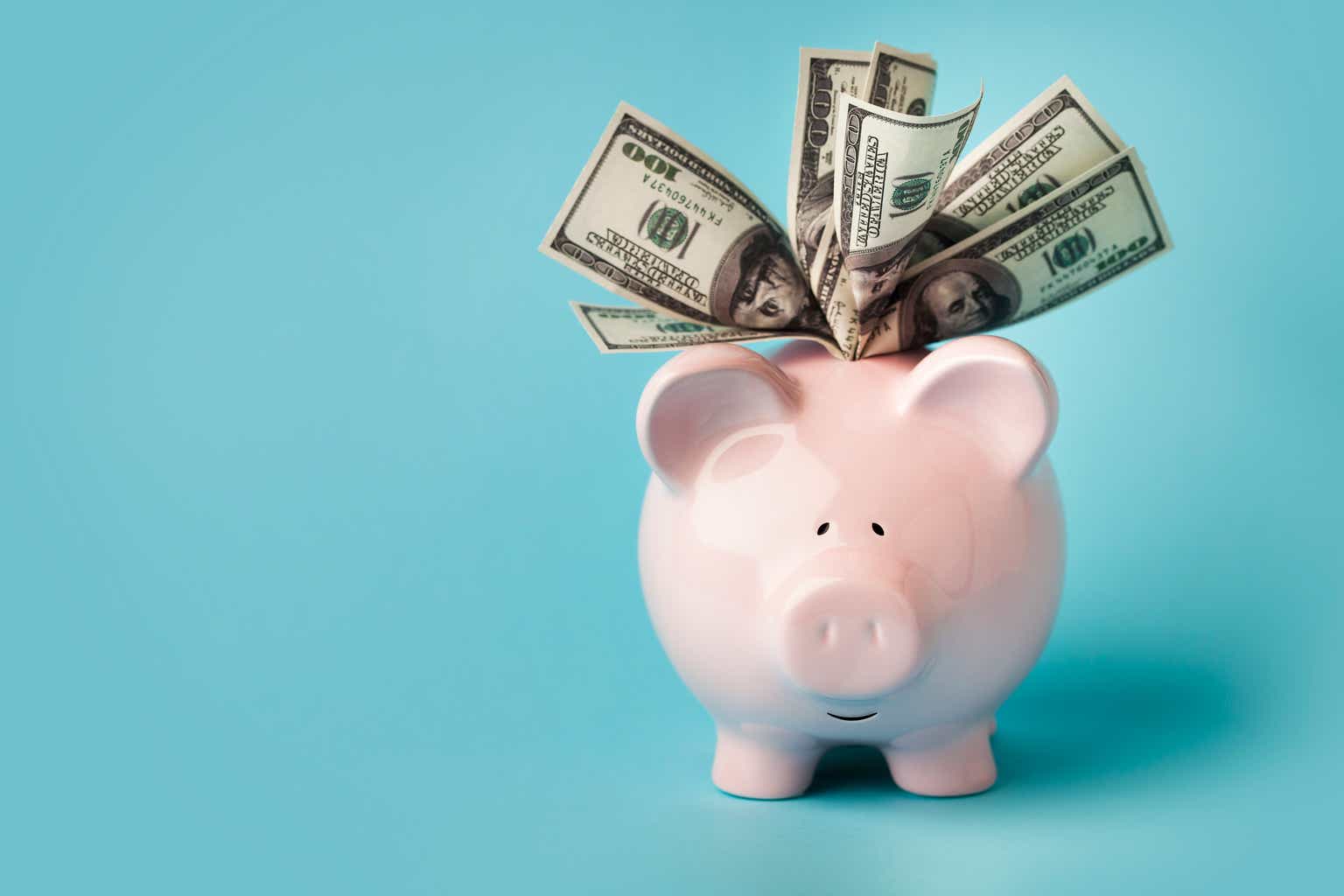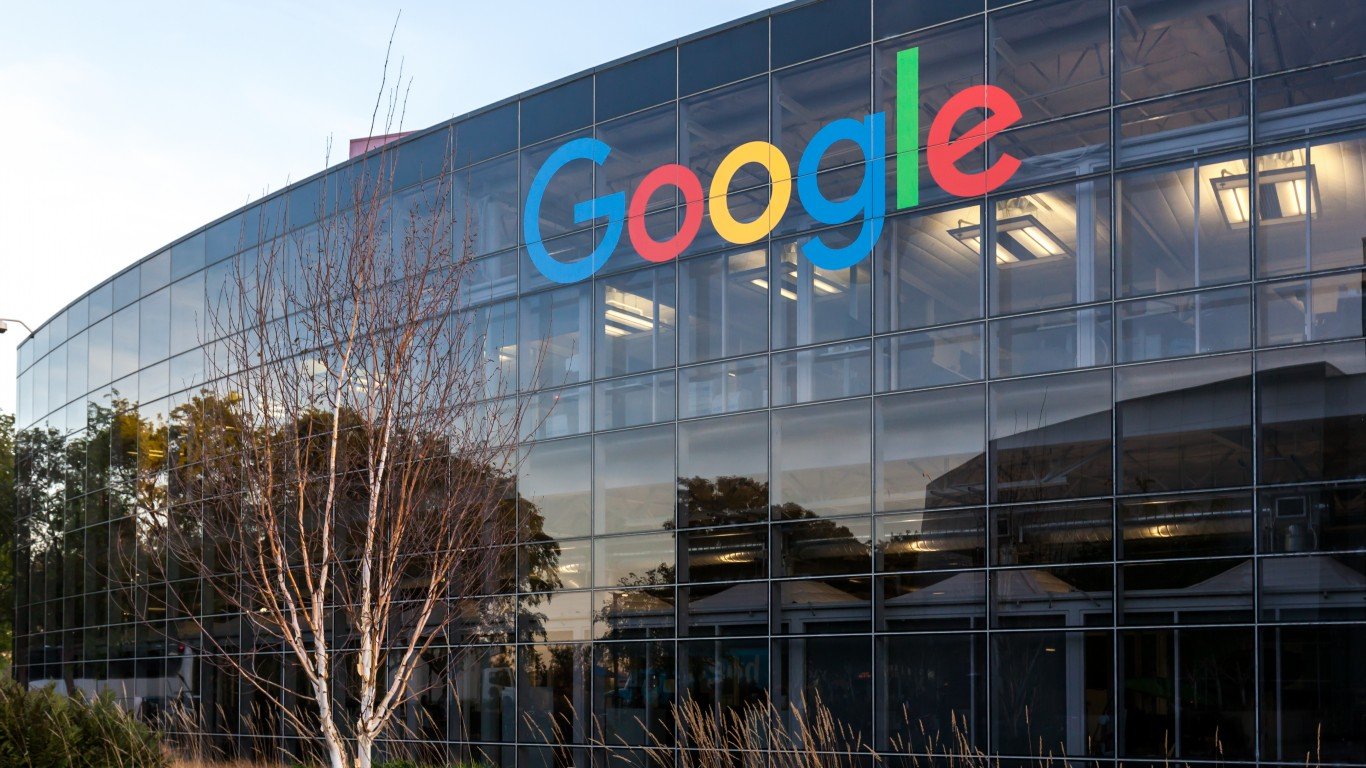The Nasdaq Fell 78% In 2000, It Could Happen Again
The Nasdaq traded at 5,048 in March 2000. It took 15 years to regain that level after a collapse. That year’s drop hammered it to 1,114 in October, a 78% drop. When it peaked that March, it had risen by 800% in the previous five years. A similar drop in the value of the Nasdaq […] The post The Nasdaq Fell 78% In 2000, It Could Happen Again appeared first on 24/7 Wall St..
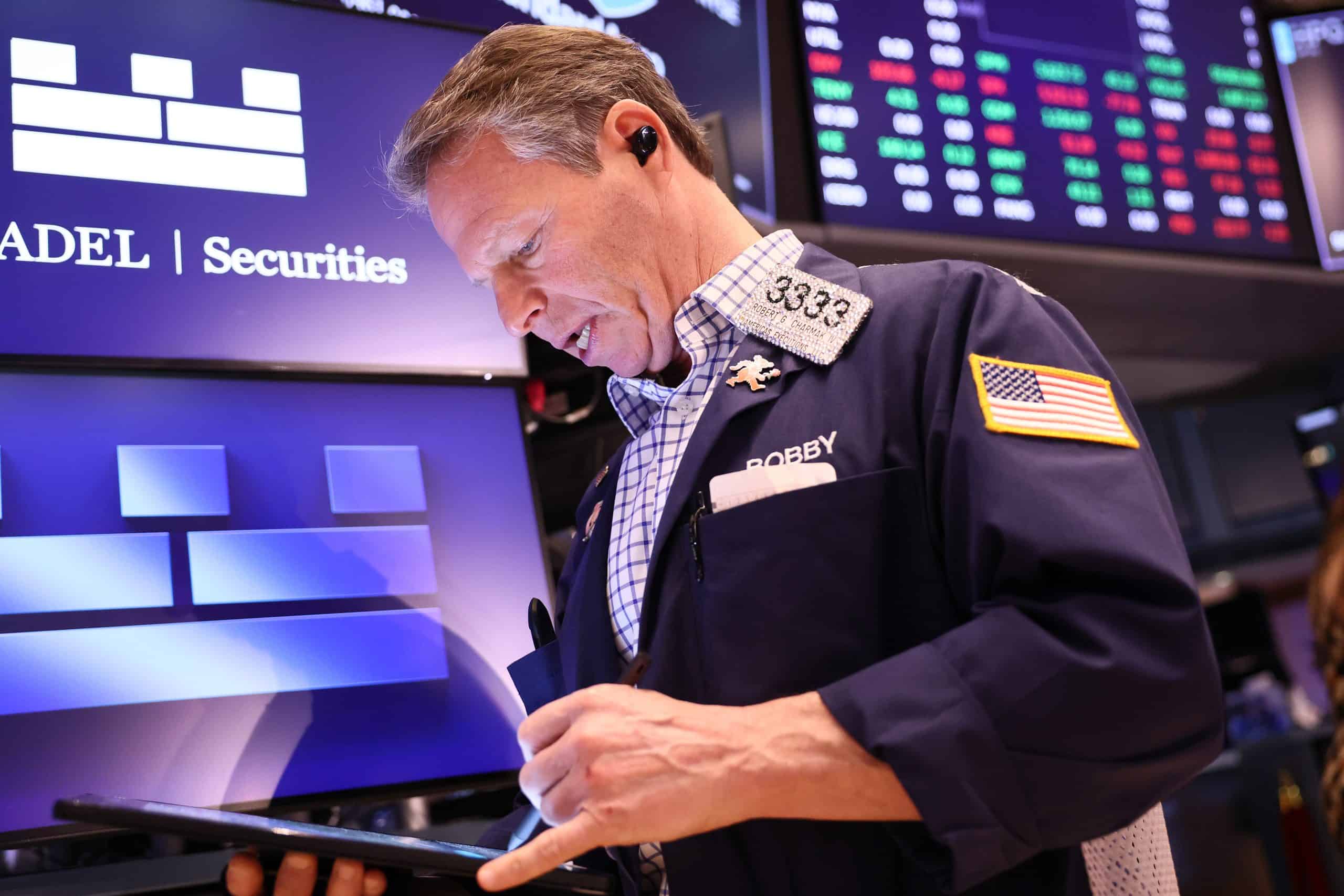
The Nasdaq traded at 5,048 in March 2000. It took 15 years to regain that level after a collapse. That year’s drop hammered it to 1,114 in October, a 78% drop. When it peaked that March, it had risen by 800% in the previous five years.
24/7 Wall St. Key Points:
-
The stock market could drop by more than half
-
Worry about inflation and AI valuations.
-
Take this quiz to see if you’re on track to retire. (sponsored)
A similar drop in the value of the Nasdaq today would take it from its 20,0000 peak two months ago to 5,400. It seems impossible, but is it?
A few of the largest cap stocks in the world have had huge runups in the last five years. Nvidia has risen 1,433%, and several other Magnificent Seven stocks have almost tripled.
The cause of the Nasdaq’s collapse today would be very different from that of 2000. Hundreds of companies that went public a quarter of a century ago were losing money. When the capital available to them dried up, the shares of most collapsed, and some went out of business. Even companies with strong prospects, like Microsoft (NASDAQ: MSFT) and Amazon (NASDAQ: AMZN), took share price beatings.
Three factors would cause a deep drop in the market. The first is that the market is considered rich on multiple levels. The S&P 500 PE is 26, which is high unless this year’s earnings are strong across the market.
Two other things could crush the market. The first is hyperinflation, which tariffs, the equivalent of a tax on everything from cars to toys, would bring on. American household income will be unable to keep up with double-digit price surges.
True hyperinflation occurs when prices go up 50%. Inflation hit the U.S. by 18% in 1980, driven to some extent by energy prices. The Fed raised rates to 19%. The economy was pounded into a recession from 1980 to 1982, and the stock market took a brutal beating.
The other significant risk is an AI valuation implosion. Big tech shareholders already worry that the industry has invested more money in AI than it can get as a return on investment in the next few years. Companies have already prepared to invest tens of billions of dollars in server farms to expand because the US does not have that supply today. They have also invested or plan to put billions of dollars into Nvidia’s (NASDAQ: NVDA) chips. Nvidia’s value relies on that continuing.
The more dangerous and harder-to-forecast problem is that AI could begin to threaten humans. It is not an edge case. Wide-regarded Scientific American recently wrote, “Artificial intelligence algorithms will soon reach a point of rapid self-improvement that threatens our ability to control them and poses great potential risk to humanity.” From an investor’s standpoint, AI could lose most, if not all, of its value, under those circumstances.
It is hard to believe that the stock market could lose all of its value, but not that many decades ago, it did.
The post The Nasdaq Fell 78% In 2000, It Could Happen Again appeared first on 24/7 Wall St..






